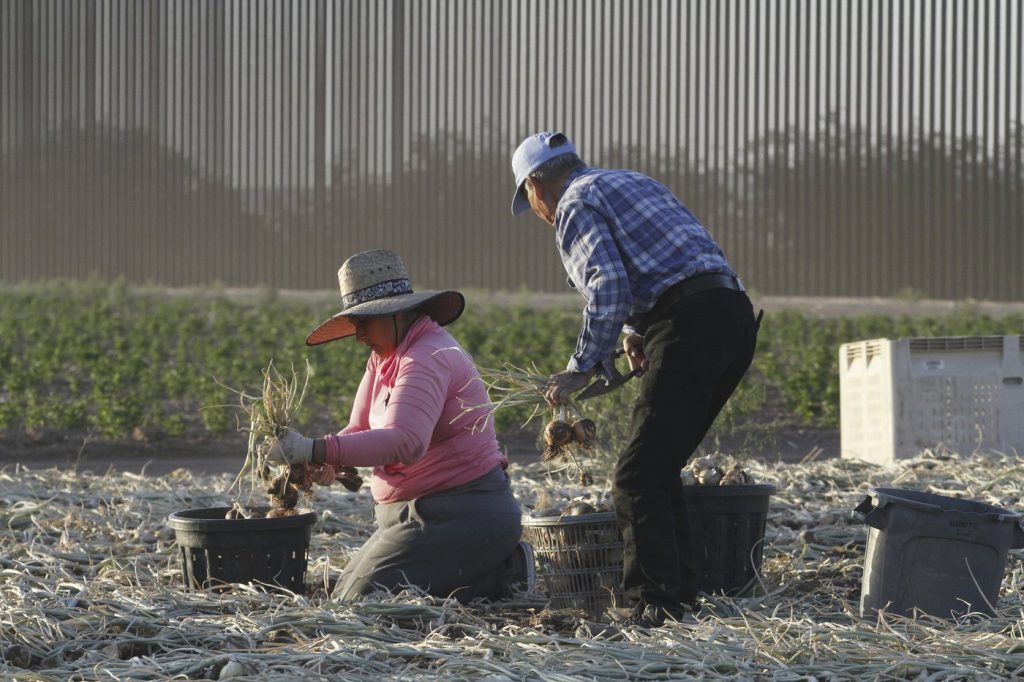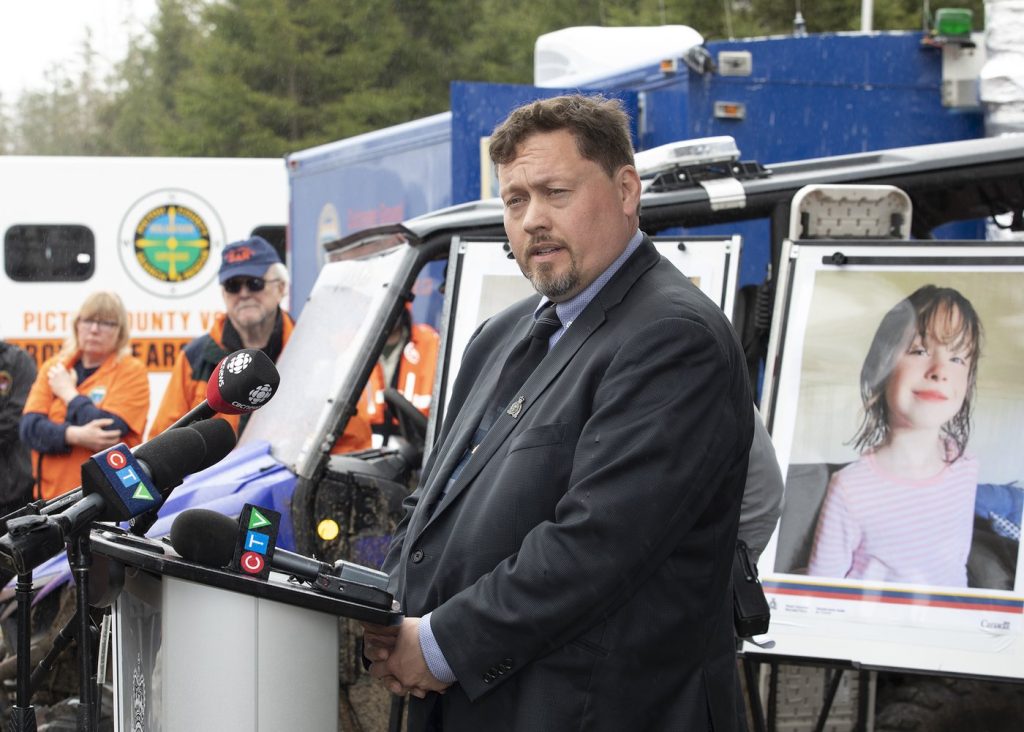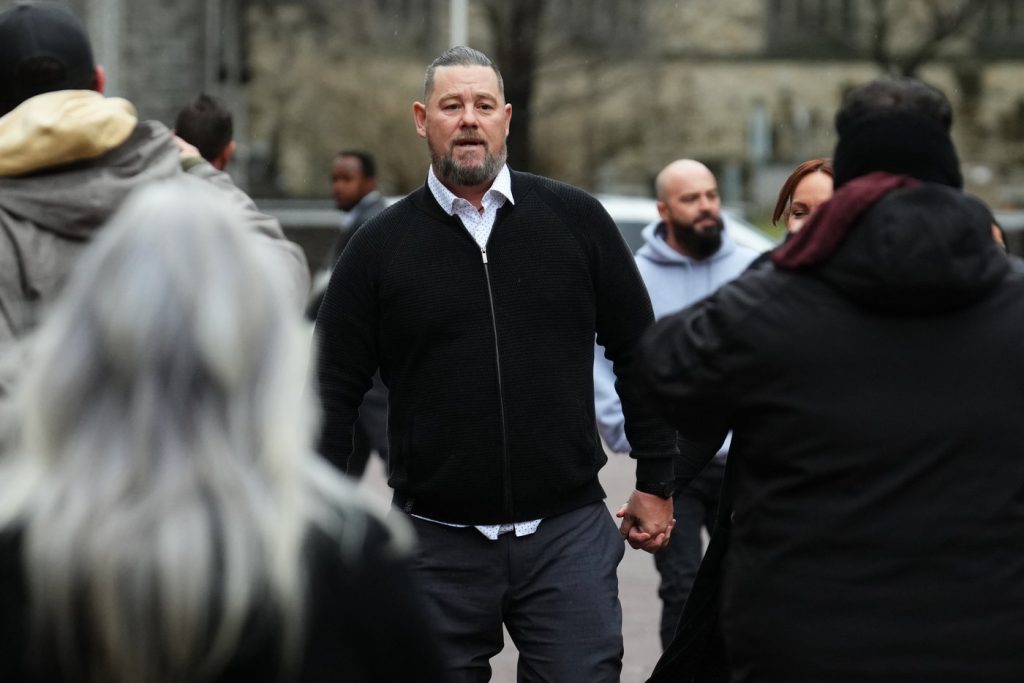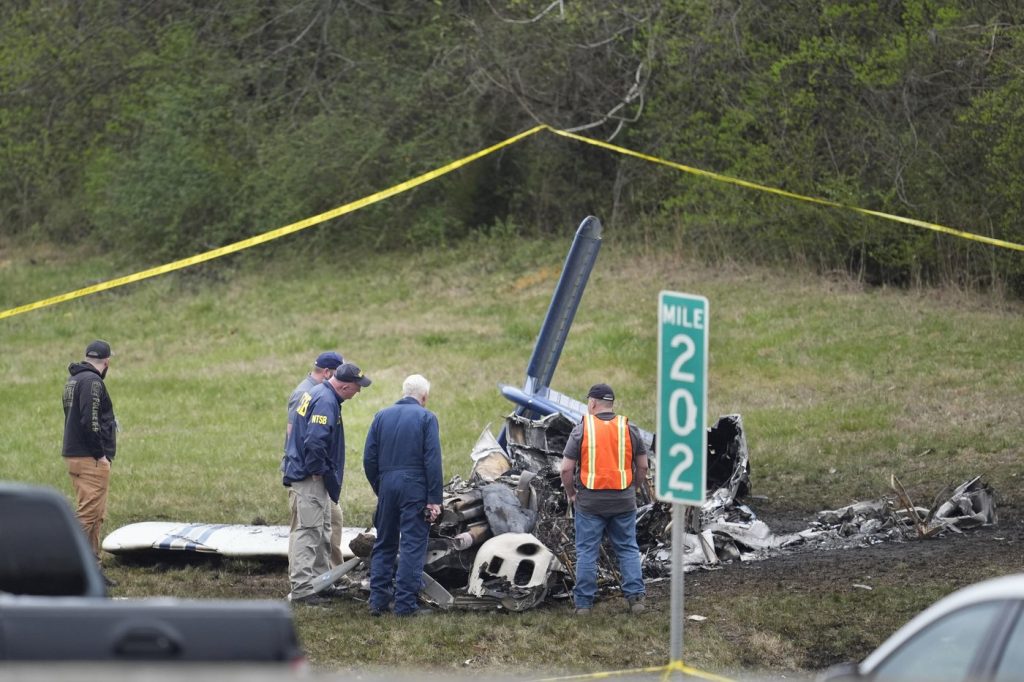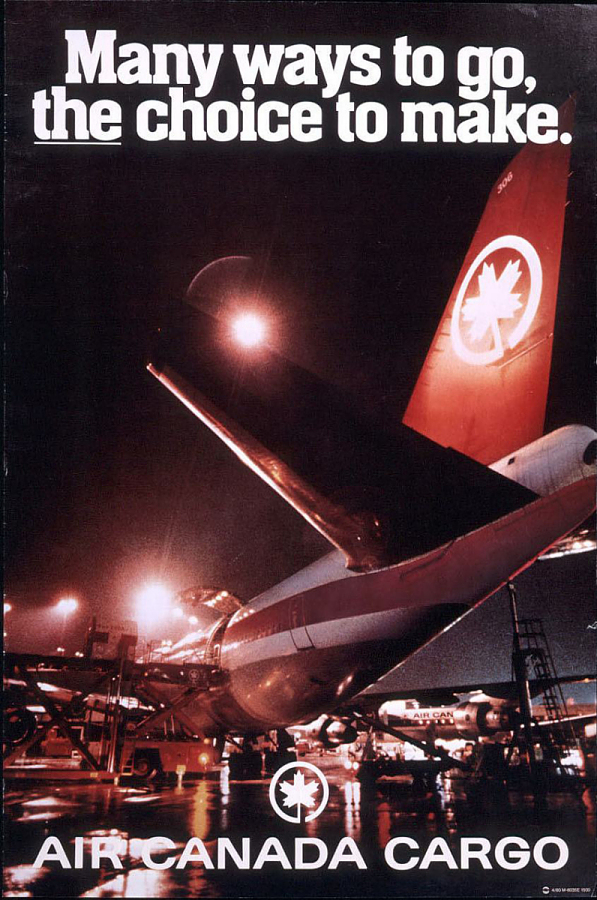COLUMBUS, N.M. (AP) — The U.S. military is significantly increasing its authority and presence along the southern border, where troops have been authorized to detain individuals who enter the country illegally. These new measures are being implemented in designated militarized zones that will soon encompass nearly one-third of the U.S.-Mexico border, under the supervision of nearby military bases.
Federal prosecutors have initiated criminal trespassing charges within these militarized areas against over 1,400 individuals, introducing additional legal repercussions for those crossing the border unlawfully. The community reaction in Luna County, New Mexico, has been mixed. This region is characterized by a strong commitment to individual freedom, yet there exists a collective urgency to address the smuggling of migrants and contraband across the border.
Some local farmers and ranchers have expressed support for the military's expanded role, believing it enhances border security. Nonetheless, civil rights advocates, outdoor enthusiasts, and environmentalists have raised concerns, fearing that the new regulations may restrict their access to public lands. James Johnson, a fourth-generation farmer in the area, has remarked that prior military presence helped provide oversight, while the current initiative aims to strengthen enforcement.
Luna County Commissioner Ray Trejo has raised alarms regarding the impact of the new militarized zones on the rights of hunters, emphasizing that these zones could undermine local practices of hunting and firearm possession. Trejo also criticized the recent trespassing charges, describing them as cruel in an economy reliant on immigrant labor for agriculture. He noted that many individuals crossing into the U.S. are seeking work and may be unaware that they've entered a military area.
Concerns regarding migrant safety have also been highlighted by Abbey Carpenter, who leads a search-and-rescue organization aimed at helping missing migrants. Carpenter noted that public access is being curtailed in areas known for a rising number of migrant fatalities due to extreme desert conditions. She expressed uncertainty about the number of deaths, suggesting that reduced access may hinder rescue efforts.
On a broader scale, border crossings have experienced a notable decrease, with arrests reaching their lowest levels since 1966, including a 30% decline in June. For instance, on June 28, only 137 arrests were made, a stark contrast to late 2023 when numbers exceeded 10,000 on peak days. Factors contributing to this decline include both policy shifts under the Trump administration and subsequent strict asylum regulations introduced by President Joe Biden.
As part of this initiative, approximately 7,600 military personnel have considerably expanded the government’s presence at the border. Recently, the Defense Department announced an additional 250-mile (400-kilometer) militarized area in Texas’ Rio Grande Valley, with plans for another zone near Yuma, Arizona. Altogether, these developments will define nearly one-third of the U.S.-Mexico border as militarized zones.
Legal challenges against these new militarized zones are currently underway. The designation, linked to President Donald Trump’s national emergency declaration upon taking office this year, is being contested in a federal courthouse in Las Cruces. One recent case involved a 29-year-old Guatemalan woman charged with illegal entry; while her military trespassing charge was dismissed, she was still sentenced to two weeks in jail before her likely deportation.
A federal public defender’s office is contesting the military's control over public lands in New Mexico, citing the unprecedented nature of designating such extensive areas—and the potential overreach involved. This legal battle highlights significant concerns about civil liberties and the balance between national security and public access, raising pivotal questions about the implications of militarized zones along the border.


